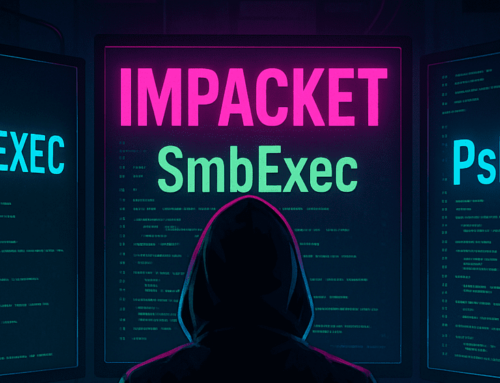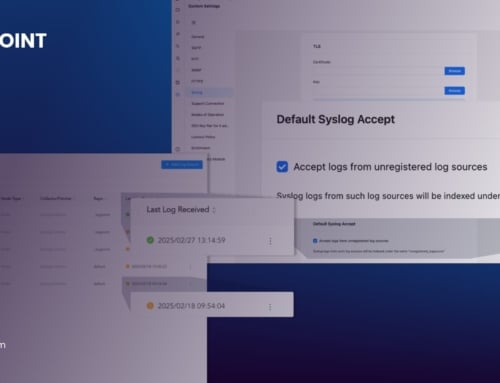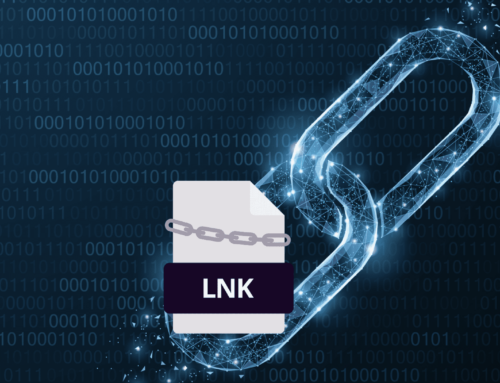In the interconnected world we inhabit, data drives our decisions, businesses, and even our daily lives. But with great power comes great responsibility. As the quantity and significance of data grow, so too do the threats that seek to compromise its integrity. This is where the mighty combination of big data security and cybersecurity comes into play. Let’s delve deeper into how these two juggernauts are shaping the digital landscape, utilizing big data-driven security strategies to ensure a safer digital age.

Go To Section
The Explosion of Big Data
The What and Why: Big data refers to massive volumes of structured and unstructured data that traditional data processing software can't handle. This data is characterized by its variety, velocity, and volume. From social media activities to banking transactions, data is generated every millisecond.
The Significance: Big data analytics in cybersecurity aids businesses and governments in making informed decisions by analyzing trends, patterns, and anomalies. Industries from healthcare to retail leverage this data to enhance their services and products.
What is the Cybersecurity Challenge?
The Threat Landscape: With more devices getting connected to the internet, cybersecurity threats have surged. Cyberattacks aren't just about stealing data anymore; they can disrupt essential services, lead to financial loss, and tarnish an organization's reputation.
The Evolution: Cybersecurity has moved from merely setting up firewalls and antiviruses to adopting big data solutions for cybersecurity. This involves threat intelligence, endpoint protection, and even leveraging AI to detect and thwart attacks.
The Symbiotic Relationship
Enhanced Threat Detection: Benefits of big data in security become evident when big data analytics enables the real-time analysis of vast amounts of data. When integrated with cybersecurity, it can help in identifying and rectifying threats instantly. For example, if a user's behavior suddenly deviates from the norm (like accessing data they usually don't), big data analytics in cybersecurity can flag this as suspicious.
Predictive Analysis: By analyzing patterns and trends in data, one can predict potential future threats. Leveraging big data for security, cybersecurity tools armed with big data can foresee an attack and act proactively, rather than reactively.
What are Some of the Challenges?
Privacy Concerns: While analyzing large volumes of data, there's a fine line between security and invasion of privacy. Ensuring that personal data isn't misused while maintaining robust security is a challenge.
Complexity of Tools: The tools required to handle big data are sophisticated and require expertise. Organizations need to invest in training and infrastructure to harness the power of big data analytics in cybersecurity effectively.
The Road Ahead
Collaborative Defense: As cyber threats evolve, so will the tools to combat them. A more collaborative approach, where organizations share their insights and findings, can create a more robust defense mechanism. Likewise ensuring that analysts foster a collaboration between themselves can yield a huge return when ensuring data is safe within organizations.
Continuous Learning and Adaptation: As with any technology, stagnation can lead to vulnerability. Continuous learning, training, and adapting to new methodologies and tools will be crucial for organizations to stay ahead of cyber threats.
What are the Common Types of Threats?
Businesses are facing a new threat that is more likely to sink them than even a recession: hackers holding their data to ransom. In the past two months Royal Mail, KFC, and the Guardian newspaper have all been attacked by hackers using “ransomware”, a name given to software that will lock up computer systems until a sizeable ransom payment has been made.
These attacks are usually set off with a “phishing” email, a message that poses as being from a friendly contact but will actually contain malicious software (“malware”) that will infect the recipient’s computer. This software then spreads like a virus, replicating itself throughout a company’s internal network, stealing data along the way, and encrypting it so that the firm cannot access it.
Who does this Impact, Small or Large Companies?
At times smaller companies may just be a stepping stone to the bigger firms they supply, Tim Wallen, regional director in the UK for Logpoint, explains. “If you think of a large defense contractor, they will be digitally connected to hundreds of suppliers,”.
If the hackers can’t get into the large company, they may hack smaller companies that are connected to the bigger one to find a way in. Hackers can also coordinate attacks across multiple companies to snake up a supply chain from multiple angles. If online attackers manage to get access to a company’s internal network and steal important data, research from Cisco and the National Centre for the Middle Market shows that 60 percent of affected businesses go bankrupt within six months.
There are two broad approaches the hackers take: a “smash and grab” attack, where they try and steal the data quickly before moving on to the next target, and a longer-term approach, where they will hack a system and stay in there undetected for months at a time.
The Impact of Attacks
In order to regain control of their systems, or to access their data once more, these companies are told they have to pay a ransom that often reaches hundreds of thousands of pounds.
The average ransom paid by companies to ransomware owners in 2022 was $812,360 (£657,000), according to security software firm Sophos. Just under half of the companies who were targeted paid up. Around 11 percent of 5,600 organizations from across the world that were hit by these attacks last year paid ransoms of more than $1m.
In one instance, a US insurance company reportedly paid $40m in order to unlock their systems. But the true scale of the attacks is likely to be far higher than previously thought as small and medium-sized businesses are paying up and not telling anyone about the attacks, for fear of customers considering them careless with their data.
The impact on businesses is not just financial, too. It can take out vital systems for days or even months, leave security vulnerabilities that need urgent fixing, or harm customers’ trust, something that can be worth millions if lost. Yum! Brands, which runs 300 branches of Pizza Hut, KFC, and Taco Bell around the UK, had to close all of its locations for a day last week as it worked to find out the extent of the attack.
Case by Case
In the UK, The Guardian’s incident was bad enough to collapse key It systems used to put together the newspaper, with some staff locked out of the office, and data including bank details, salaries, and passport numbers belonging to staff compromised.
Royal Mail, was previously hit when members received a note from the hackers saying “Your data are stolen and encrypted”. They were told they needed to pay a ransom worth millions. Royal Mail stopped sending parcels as a result, and systems were back online two weeks later. The threat posed by ransomware is growing.
Two in five businesses were hit by attacks in 2021 and 2022, according to a Government report and US telecoms firm Verizon has said the number of “security breaches” – or successful attacks – logged last year increased by 13 percent. That increase is more than the growth in this kind of attack in the previous five years.
Why are threats becoming more prevalent?
Heightened geopolitical tensions are fuelling the attacks, says Wallen. Russian groups are very active in this area and working to undermine the Ukrainian military operation. “We’ve seen that ransomware attacks can be really destructive and not just financially motivated,” Now, however, the notion of “Ransomware as a Service (RaaS)” has emerged.
Attackers will lease their software out to affiliates, allowing almost anyone to carry out a ransomware sting. Buyers do not need to be technically skilled or to really know anything about ransomware, but they can borrow the means to do it from one of these groups. At their core, each attack depends on a human error to grant that first point of access. Hackers can stay undetected within a computer system for hundreds of days at a time waiting for the perfect time to strike.
That human element is key, says Wallen, who adds that no amount of digital protection can negate social engineering. “None of the technical measures you put in place will work if your staff are not adequately trained and actually covering the basics,” he warns. Another issue is that companies are – unsurprisingly – not very happy about telling the world that they have been hacked, a problem compounded for smaller companies that are that much less resilient.
Logpoint’s Role in Harnessing the Power of Big Data for Enhanced Cybersecurity
In today's expansive digital universe, the significance of big data and cybersecurity cannot be overstated. As companies navigate the vast seas of information, our platform at Logpoint steps in to make sure this data is not only useful but also secure.
Logpoint Converged SIEM: Here SIEM fits seamlessly with SOAR, UEBA, and more in one platform. Converged SIEM helps SOC teams combine data sets from multiple sources. Instead of using multiple standalone products, they now have one single source of truth. It is the only unified platform that delivers SIEM+SOAR, UEBA, EDR capabilities and security monitoring of SAP systems for both enterprises and MSSPs.
The benefits of a converged platform include full data integration for automated TDIR, no integration or maintenance, out-of-the-box compliance support, and flexible deployment based on your needs.






